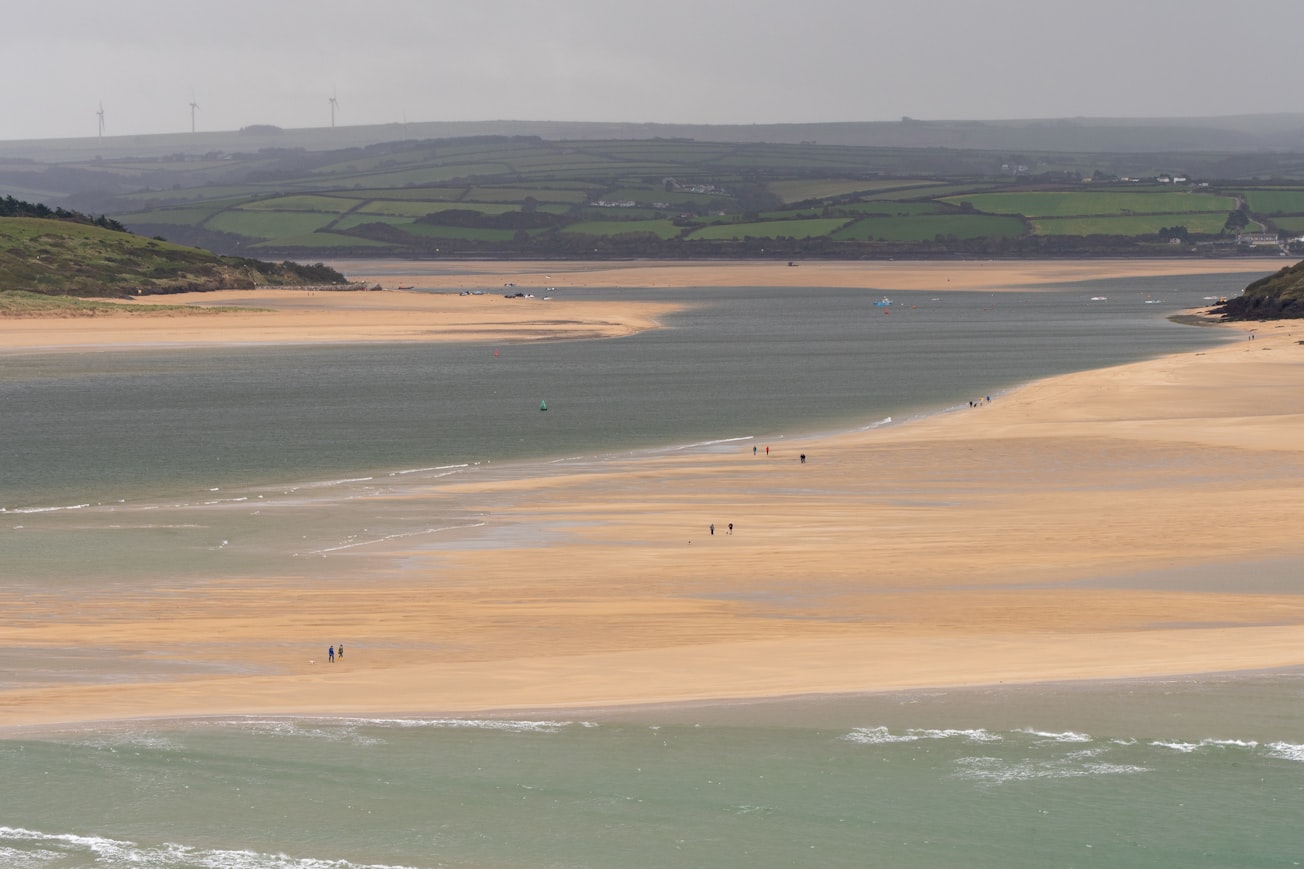What is it about?
The salinity distribution in an estuary, the transition area between river and sea, strongly depends on the river discharge. During periods of low river discharge, salt will move upstream, but when river discharge becomes high, salt is pushed downstream. This study focuses on the effect of freshwater pulses (short periods with sudden high river discharge) on estuarine salt intrusion. When applying an existing model to observed freshwater pulses in the Guadalquivir Estuary (Spain), it turned out that this model was not able to simulate the effect of strong pulses. A new model has been developed that performs well when being applied to the same situations. With this new model, it is shown that the intensity and duration of the pulse control the decrease in salt intrusion. The strength of the tides is found to be of minor importance. The time it takes before the salt intrusion has recovered to its initial location is determined by the river discharge after the pulse and does not depend on how much the salt intrusion moved downstream.
Featured Image

Photo by Simon Godfrey on Unsplash
Why is it important?
The knowledge gained in this study can help managing freshwater resources in regions where sometimes a lot of fresh water is available, but sometimes freshwater is scarce and threatened by salt intrusion.
Read the Original
This page is a summary of: Estuarine salinity response to freshwater pulses, Journal of Geophysical Research Oceans, November 2022, American Geophysical Union (AGU),
DOI: 10.1029/2022jc018669.
You can read the full text:
Contributors
The following have contributed to this page







